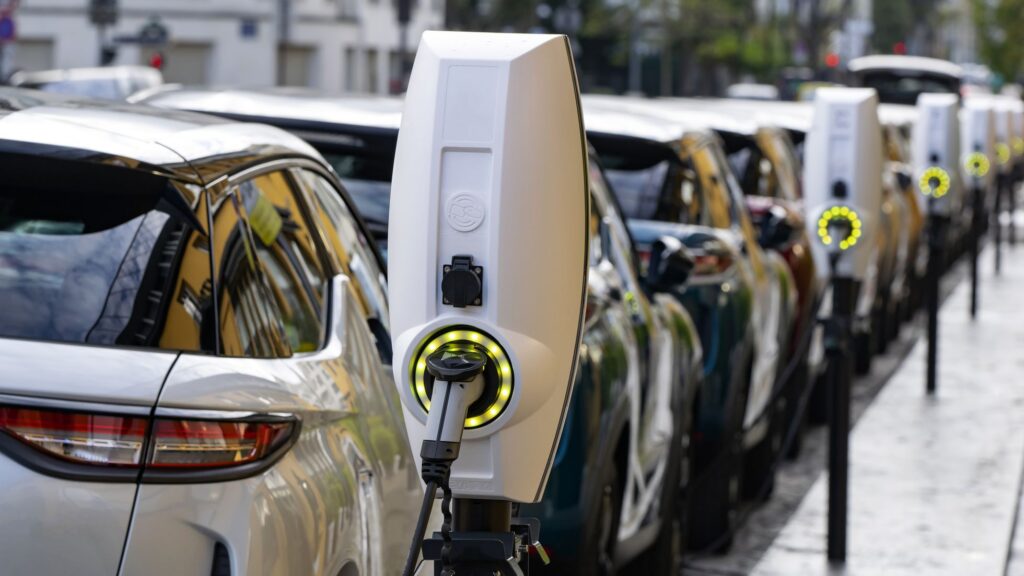Although technological advances are advancing year after year in the adoption of electric vehicles in the world, it is necessary to accelerate the pace in order to reach the goal of the zero emissions carbon dioxide emissions by 2050, the report highlights. Global EV Outlook 2022.
The document highlights that 6.6 million electric vehicles were sold in 2022, doubling sales compared to 2021. That number of units accounted for 10% of global vehicle sales.
However, despite these data, the world is far from reaching the target of 30% of electric vehicles sold globally by 2030, which is inscribed in the IEA's Announced Promise Scenario (APS).
"While impressive, this figure is still well below the 60% needed by 2030 to align with a trajectory that would achieve net zero CO 2 emissions by 2050. Under current policy plans reflected in the IEA's Stated Policy Scenario (STEPS), electric vehicles will reach just over 20% of sales by 2030, increasing the stock 11-fold from current levels to 200 million vehicles," the report states.
To accelerate the adoption of electric vehicles worldwide, Global EV Outlook puts forward four recommendations:
Maintaining and adapting support for electric cars
As the electric car market matures, reliance on direct subsidies should decrease and eventually disappear. Budget-neutral fee programs (which tax inefficient internal combustion engine vehicles to fund low-emission subsidies or the purchase of electric vehicles) may be a useful transitional policy tool.
Strict vehicle efficiency and/or CO 2 standards have promoted the adoption of electric vehicles in most major electric vehicle markets and should be adopted by all countries seeking to accelerate the transition to electromobility.
Boosting the heavy-duty vehicle market
More heavy-duty electric models are available, and electric buses and trucks are becoming competitive in terms of total cost of ownership in more and more applications. Policy-driven implementation can help drive this sector forward. Zero-emission vehicle sales mandates, purchase incentives, and CO 2 standards can help accelerate the transition.
Promoting adoption in emerging and developing economies
Electrification of road transport in emerging and developing economies should prioritize two- or three-wheelers and city buses, as these vehicle types are the most cost-competitive. Price signals and the availability of charging infrastructure can also help make the economic case for electrification.
Expanding electric vehicle infrastructure and smart grids
Governments should continue to support the deployment of publicly available charging infrastructure at least until there are enough EVs on the road for an operator to sustain a charging network.
Continued government support, whether through regulations requiring the construction of charging stations or through policy and fiscal support, should ensure equitable access to charging for all communities to ensure that no one is left behind in the transition. It is important to incentivize and facilitate the installation of home chargers in existing parking spaces.
Requiring new buildings to be prepared for electric vehicle charging can help. At the same time, local authorities should support the installation of chargers in existing buildings. Coordinated plans on grid expansion and upgrades.
With the climate crisis occurring faster than expected, the world faces a race against time to reduce carbon dioxide emissions. In this race, mobility plays an important role, as making it more efficient is a first step towards reducing the negative impact of greenhouse gases on the planet and the health of its inhabitants.
Source: IEA.org


